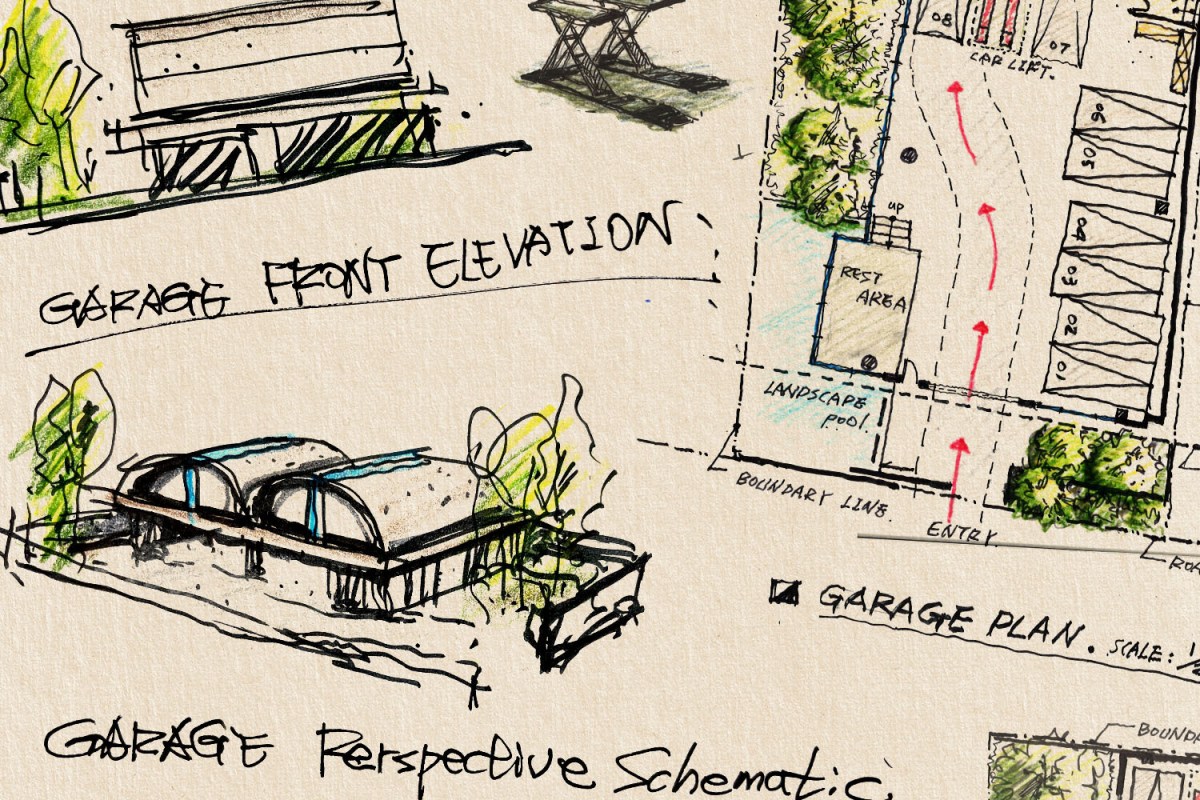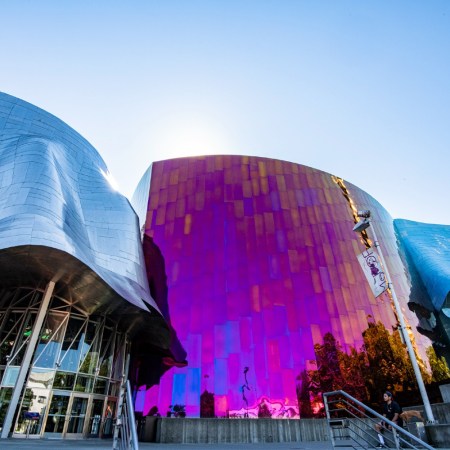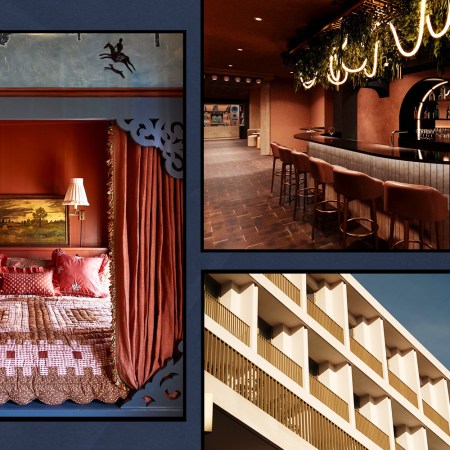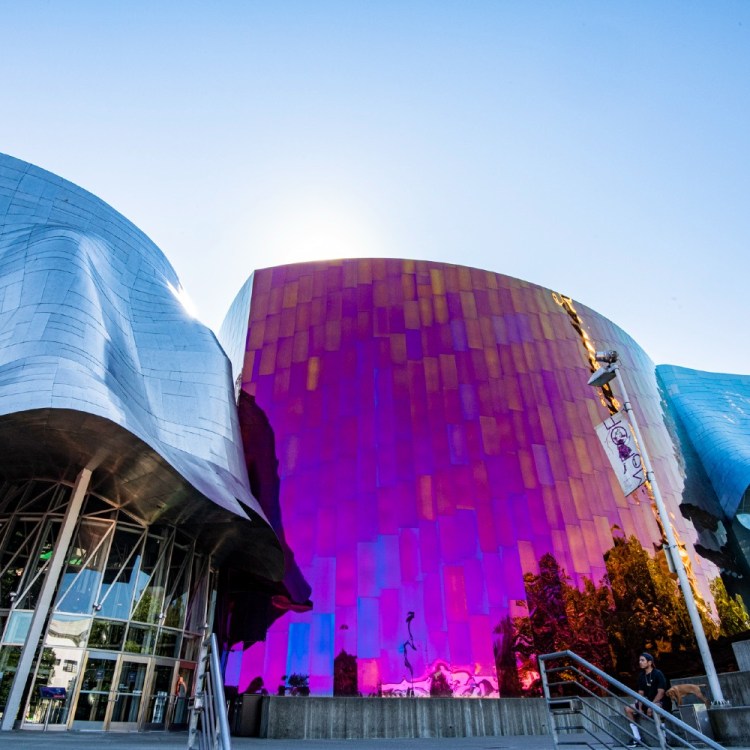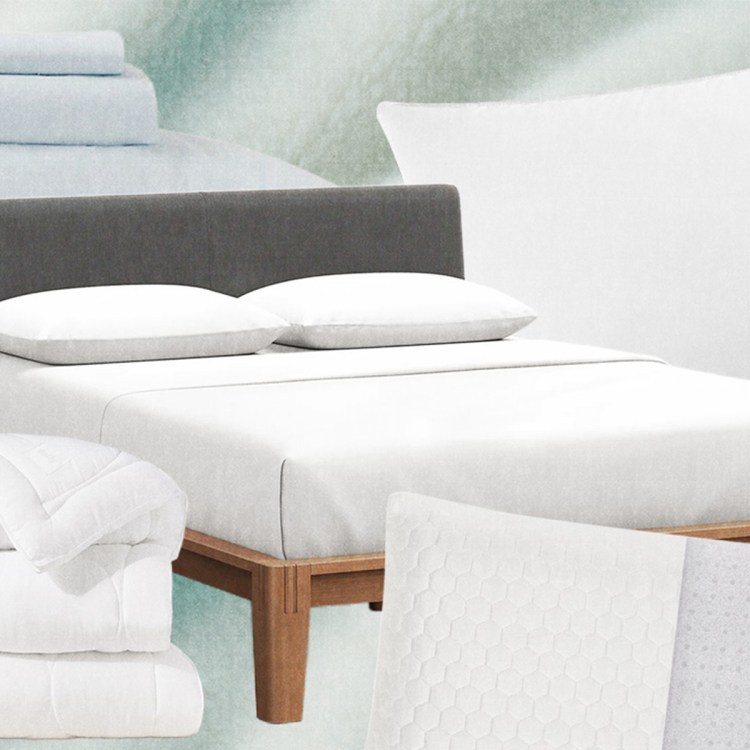“Carchitecture,” as the name might suggest, is architecture for cars. The movement was first popularized in a book called Carchitecture: When the Car and the City Collide by Dutch architect Alex de Rijke in 2001, and has steadily picked up steam in the 20 years since.
For some owners of luxury vehicles, an underground parking garage no longer cuts it. They want extravagance worthy of the car their parking; just look at the new Aston Martin Residences in Miami, which features an elevator just for cars, allowing tenants to park their sports cars across from a unit on, say, the 50th floor.
Architects like Keng-Fu Lo have stepped up to design next-level carchitecture — both for private homes and residential buildings. He is the founder and managing director of architecture and design firm Chain 10, based in Taipei. As a car enthusiast himself, he understands creating custom spaces that elevate the often-overlooked garage. Lo creates garages that “showcase” cars, which really is the heart of carchitecture. “I like to think of garages as a living space, as opposed to a storage space,” said Lo. “Think of it as having a beautiful gallery to house priceless art.”
Whether it’s to house a treasured vintage model or a sleek new electric car, the trend is certainly driving out dull design. Lo recently sat down with InsideHook to discuss the craft, feng shui in architecture and his high hopes for 2023.
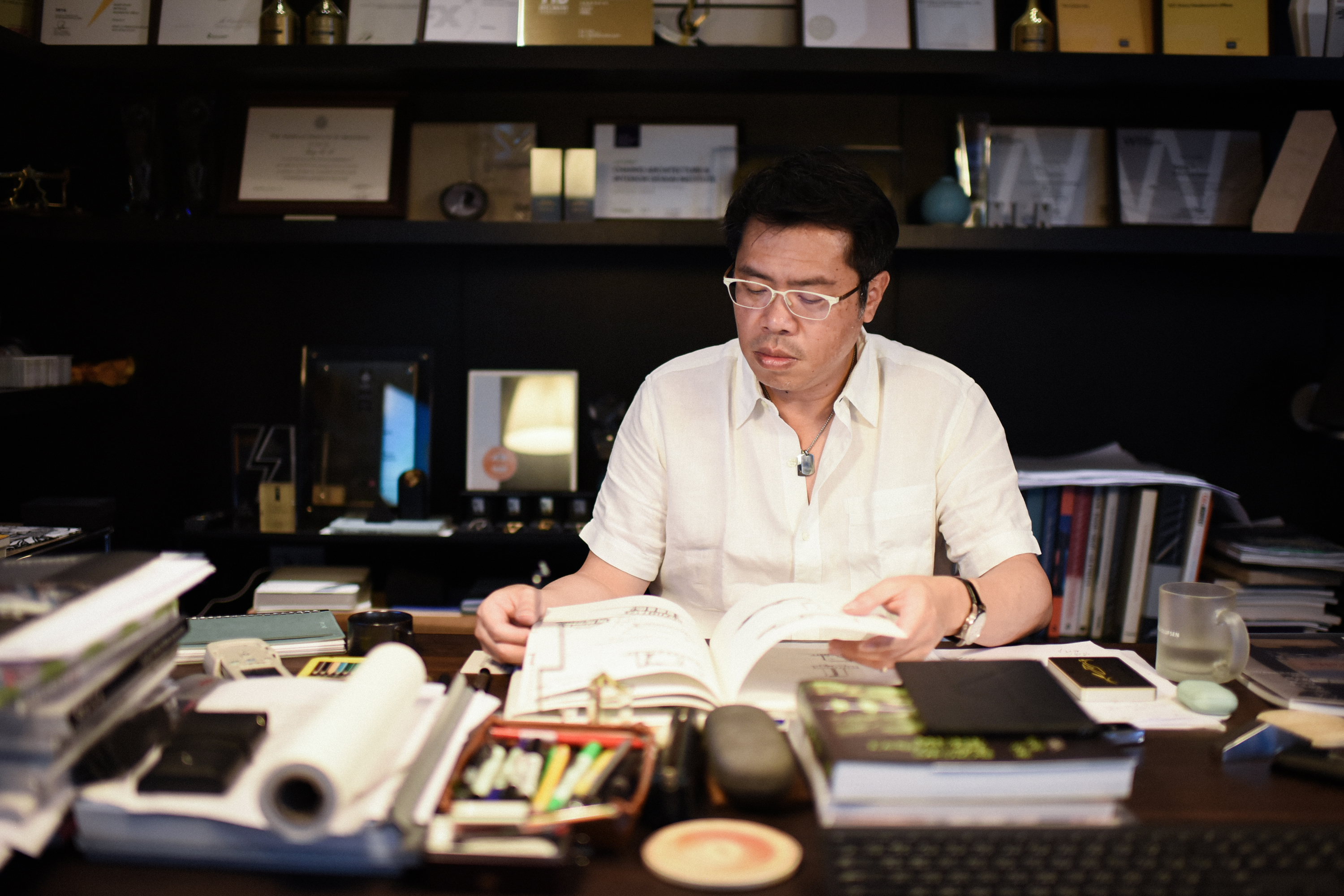
InsideHook: You’re the master of “carchitecture,” so how is car design changing in 2022?
Keng-Fu Lo: Well, just look at it this way: As our cars continue to evolve, so do the garages we store them in. This year we’ve been focusing most on design elements that allow us to adapt to the client’s and the car’s needs. Sustainability is a top priority for our clients and having sustainable elements in your garage is a huge selling point and personal priority. Using natural light in carchitecture is key, not only aesthetically but natural light — making space for more windows — decreases the chance of mold. Here in Taiwan, humidity runs rampant year-round, so we always make sure we use proper ventilation and use as much natural light as possible. With the ongoing effects of climate change, this tip is crucial to keep in mind for the future of car design.
How will carchitecture change in the future considering the rise of electric vehicles? Will the separate car garage become a thing of the past?
Carchitecture will always continue to evolve to fit the needs of the client and their cars. Sustainability will be one of the most important factors for the future of car design. With the rise of electric vehicles, consumers want sustainable elements in their homes and garages; those factors could mean having an outlet or charging port to support electric vehicles, or proper ventilation, or using sustainable materials in the construction of the garage. Honestly, I hope that separate car garages will become a thing of the past. What the separate garage design lacks is the art of feng shui in the home. Having that seamless transition between the spaces is what makes coming home after a long day feel restful. A separate garage disrupts that transition, depending on how far out your garage is from your home. It can add another dimension of stress.
What were you going for with this home you designed, architecturally speaking?
For the Comfort in Context home, we wanted to consider its more rural environment. I always design with sustainability and the environment in mind, and this design allowed for that intimate connection. We wanted the garage design to connect with its surrounding lush, green landscape. That’s why we choose to leave the back of the garage open, to allow that airflow into the space for natural ventilation.
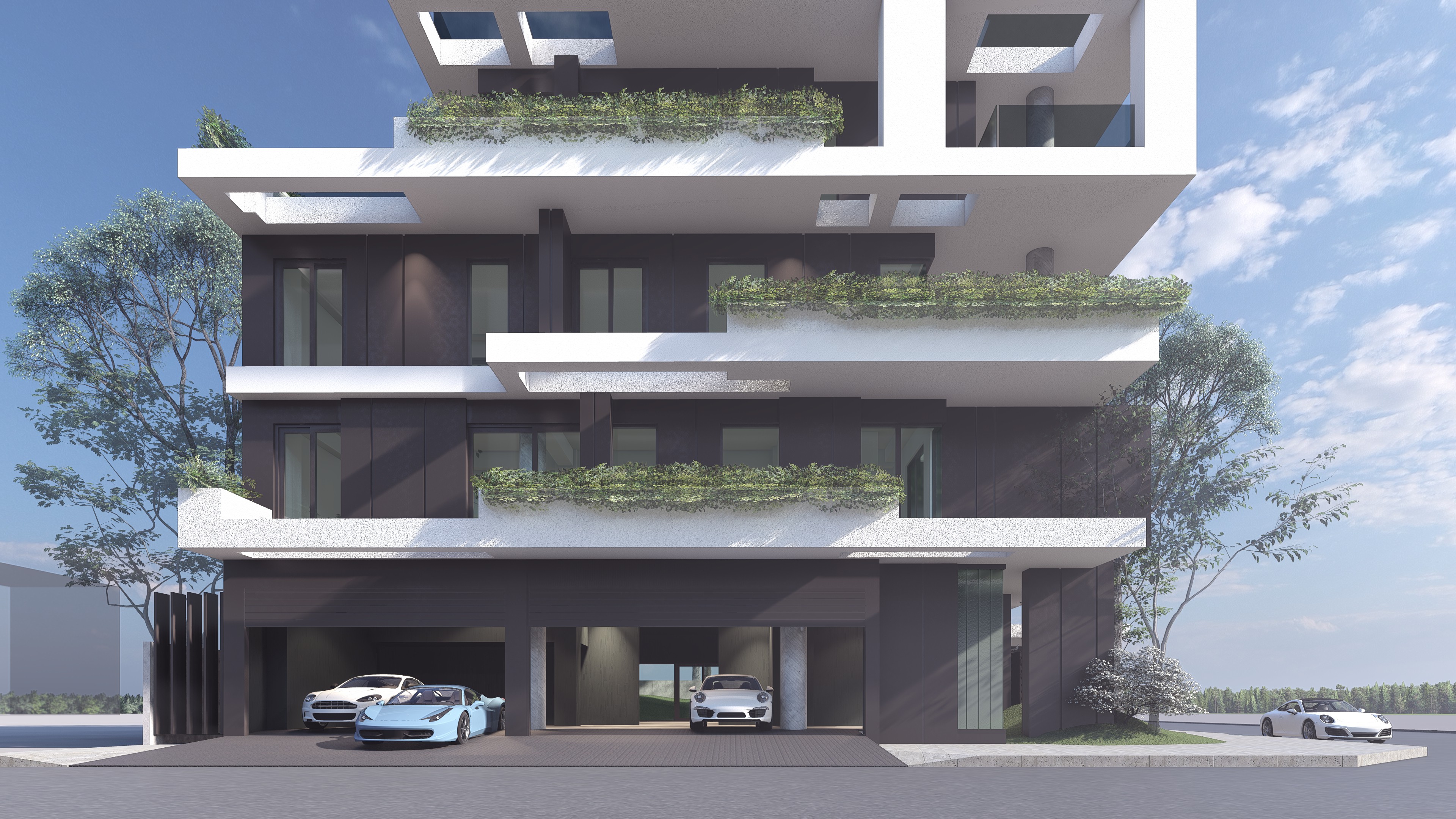
Why is nature so important to your design work?
Feng shui is an important aspect of eastern design and integral to my own design philosophy. In this piece, I chose the land in part for its connection with the mountains but also for its location near a reservoir. As the wind crosses the reservoir, it is cooled by the water, helping to keep the garage space more comfortable during the hot Taiwanese summers. Keeping the structure facing west also allows for ample sunlight to flow into the space in the morning from across the garden, while keeping it cool under a short roof structure throughout the afternoon.
What is there to keep in mind when it comes to feng shui and carchitecture?
In feng shui, there is a concept called the “Method of Sitting.” Imagine a mountain that has a tiger and a dragon. The individual is the mountain, with their right arm representing the tiger and the left, the dragon. The tiger is short, but strong, while the dragon is long, flowing, and welcoming. If one were to sit in their home, they would face the entrance. As the welcoming arm, the left should always be the side from which one invites company. In some ways, this can be like shaking a friend’s hand with your right while bringing them in for an embrace with the left. As such I have positioned both the garage and the main entrance to the left of the home to invite good fortune and positive energy.
How many cars do you own and what kinds of cars do you own?
I currently have six cars. My day-to-day vehicle I use to get around and entertain clients is my Aston Martin. I also have a McLaren and a Ferrari Roma, which I use as general cars, on occasion. I also own a Porsche Spyder, which is a bit more of a passion car for me. On occasion, I need to travel to more rural areas, off the beaten path. For these occasions, I have a Mercedes Benz G-Class Edition. I also possess a Mini Cooper for short daily trips around the city. Taiwan is a densely packed island and having a smaller vehicle can be tremendously helpful, at times.
Why is parking important to you?
Getting from A to B is more than just distance. It is also a feeling. To get the most out of the experience, we need to make sure our vehicles are always in the best possible condition. Having a suitable space to park your car is necessary, not only in terms of having a place to keep your car, but also a place to clean and maintain it. A car may not be a living thing, but they still require respect if you want them to serve you properly. An adequate garage is just as necessary to a vehicle, as a stable to a well-cared-for thoroughbred.
Should a car’s parking space be like a museum?
It depends on the person, but yes, I do believe a parking space can be a museum of sorts. However, I believe that this has less to do with the car itself and more with the car owner’s personal passion.
How do you park your own cars?
I prefer to give my cars adequate space when parking. I feel architects are all too often more concerned with meeting regulations than the proper storage of a vehicle.

What do architects typically underestimate when it comes to designing car garages?
On a small road, it can be difficult to pull into a narrow garage. For that reason, I prefer to add both depth and width to the space in front of the parking area. This will allow the driver to better maneuver into their parking space without the need for reversing direction to adjust. This also becomes valuable when pulling out of your space as it gives the driver a wide visual range for any obstacles or oncoming vehicles. Personally, I hope architects take not only the dimensions of the vehicle into consideration, but also the people who need to move and live around the vehicle.
How can carchitecture be social space, too? Can it be playful or fun or even social?
Carchitecture can be seen as a social space and provide functionality. I like to think of garages as a living space, as opposed to a storage space. Designing the garage with that in mind highlights cars — especially as a car enthusiast who enjoys showcasing their car collection as art, but also as a place to gather and socialize around these beloved pieces. I always design them with versatility in mind. Improving and investing in parking garages is what makes carchitecture so great: a space can be used for so much more than its initial purpose. Think of it as having a beautiful gallery to house priceless art. Considering what many collectors spend on their cars, it makes sense they invest in a proper space to house them.
What do you think about the latest wave of carchitecture? Do you have any favorite examples?
I would like to see more consideration for scale. Many buildings in Taiwan provide parking in a basement area. This may seem like a good solution, but the amount of space taken up by a ramp reduces a lot of space that could have been better used. Personally, I really enjoy the Singaporean solution of creating a parking area where we would traditionally find the first floor. This both allows us to reclaim the space that would have been lost for a ramp, while also allowing an open structure for increased airflow. I think this design is really inspiring and hope to see it more often in the future.
Your thoughts on some the carchitecture books that have been released over the past few years ?
Over the past 20 years, I have been around to witness how the intersection of cars and architecture has really evolved into something beyond a space for storing a car. When the Car and City Collide is something I read many years ago and I think it poses questions that still have not been addressed today by urban designers and architects. As we move into 2023, carchitecture needs to see fewer personal vehicles and emphasize the beauty of public transportation. This may sound like a cliché, but that is what the world needs. So, I see residences having fewer car spaces but them being more luxurious and multi-purpose.
This article appeared in an InsideHook newsletter. Sign up for free to get more on travel, wellness, style, drinking, and culture.
